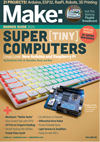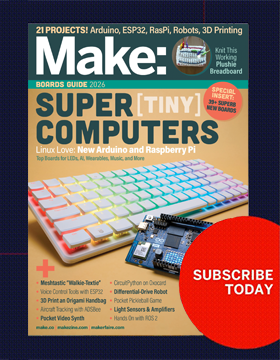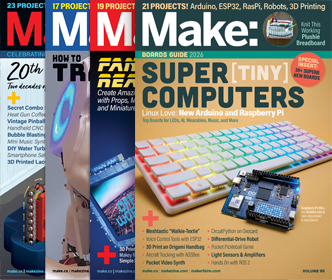The Alkali Metal Series, Reacting with Air and Water
If I understand the annotations on this, YouTuber ironnica’s only posted video, correctly, the footage was produced by a New Jersey educational media company in 1991, and the delightfully British narration more recently by somebody associated with the UK’s Open University. In any case, it is a perfectly concise, interesting, and entertaining demonstration of the increasing reactivities of the group I metals lithium, sodium, potassium, rubidium, and cesium.








